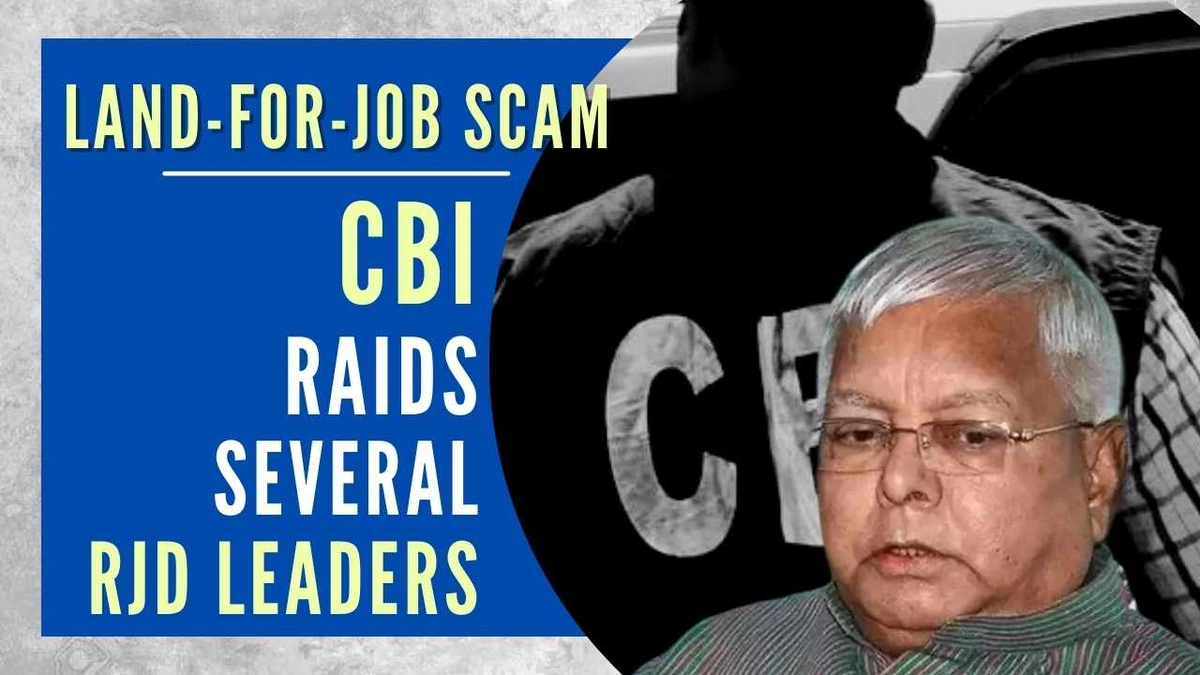Ladakh Violence | Supreme Court Addresses Wangchuk Detention Following Wife’s Petition
Let’s be honest, the news coming out of Ladakh has been unsettling, hasn’t it? It’s not just about geographical beauty; it’s about the lives, the voices, and the rights of the people who call it home. The recent detention of Sonam Wangchuk, the engineer and education reformer known for inspiring the film ‘3 Idiots,’ has sparked widespread concern. And now, the Supreme Court is involved, acting on a petition filed by his wife. But Ladakh violence and this case are more than just headlines; they represent a complex interplay of environmental concerns, political aspirations, and the very definition of justice in a sensitive region. What fascinates me is how this situation highlights the tension between development and preservation, between the state and individual liberties.
Why This Matters | The Environmental Context

So, why is Wangchuk’s detention so significant? It’s not just about one man; it’s about what he represents: a voice for the voiceless, particularly concerning the fragile Himalayan ecosystem. Wangchuk has been vocal about the environmental degradation in Ladakh, accelerated by unchecked tourism and industrial projects. He has consistently raised concerns about the melting glaciers, the depleting water resources, and the overall impact on the delicate ecological balance. And, honestly, he’s not wrong. The Himalayas are facing an existential threat from climate change, and Ladakh is on the front lines. According to a report by the International Centre for Integrated Mountain Development (ICIMOD) , Himalayan glaciers are melting at an alarming rate, threatening water security for millions. The detention following his wife’s petition has sparked debate on environmental activism versus national security concerns.
The Petition and the Legal Angle
Wangchuk’s detention occurred amidst his planned peaceful protest against alleged inaction on the part of the local administration to protect the environment. His wife’s petition to the Supreme Court isn’t just a personal plea; it’s a challenge to the state’s actions and a demand for accountability. The petition argues that Wangchuk’s detention is a violation of his fundamental rights to freedom of speech and expression, guaranteed under the Indian Constitution. What I initially thought was a straightforward case of dissent has deeper constitutional implications. It forces us to confront the question: where does legitimate environmental activism end and unlawful activity begin? And what I find fascinating is how the court balances individual rights with concerns about public order.
The Role of the Supreme Court
The Supreme Court’s involvement is crucial. It has the power to not only ensure Wangchuk’s release, if deemed unlawfully detained, but also to set a precedent for future cases involving environmental activists and dissent. The court can examine the grounds for his detention, assess the evidence presented by the state, and determine whether the actions were justified. This is especially critical in a region as politically and environmentally sensitive as Ladakh. The apex court has previously played a proactive role in environmental protection, such as in the case of the Taj Mahal pollution. This case regarding Sonam Wangchuk could follow a similar path. The Darjeeling Landslides and the fragile eco-system there are indicative of what could happen in Ladakh.
Wangchuk’s Message and the Future of Ladakh
At the heart of this issue is Sonam Wangchuk’s message: a call for sustainable development that prioritizes the well-being of the local population and the preservation of Ladakh’s unique environment. He advocates for responsible tourism, renewable energy, and community-based solutions. His vision is not about opposing development; it’s about ensuring that development doesn’t come at the cost of environmental destruction and social injustice. What’s striking is that Wangchuk is not just an activist; he’s an innovator. His work in education, particularly the Students’ Educational and Cultural Movement of Ladakh (SECMOL), has transformed the lives of countless students, empowering them to become agents of change. The bigger question is what implications this has on the Ladakh region and its socio-political landscape. Here is an other article that is related to current events.
Looking Ahead | A Delicate Balance
This situation isn’t just about one man or one court case. It’s about the future of Ladakh, about the balance between development and sustainability, between individual rights and state power. It requires a nuanced approach that respects the environment, protects the rights of citizens, and promotes inclusive and equitable development. What’s clear is that the world is watching. The outcome of this case will have far-reaching implications, not just for Ladakh, but for environmental activism and human rights across India. This environmental activism plays a vital role in raising awareness, but there are also national security concerns to address.
FAQ Section
Frequently Asked Questions
Why was Sonam Wangchuk detained?
Sonam Wangchuk was detained amidst his planned peaceful protest against alleged government inaction to protect the environment. The specific reasons cited by authorities are still under scrutiny.
What is Wangchuk’s main concern regarding Ladakh?
Wangchuk is primarily concerned about the rapid environmental degradation in Ladakh due to unchecked tourism, industrial projects, and the impacts of climate change on the region’s fragile ecosystem.
What is the Supreme Court’s role in this case?
The Supreme Court is examining the legality of Wangchuk’s detention based on a petition filed by his wife, potentially setting a precedent for similar cases involving environmental activists.
How can I stay informed about the case?
Follow reliable news sources and legal news websites for updates on the Supreme Court proceedings and developments in the case. You can also check the official Supreme Court website for case details.
What is the potential impact of this case?
The case could significantly impact the balance between environmental activism, individual rights, and state power in sensitive regions like Ladakh. The court’s decision may influence future cases involving dissent and environmental protection.













